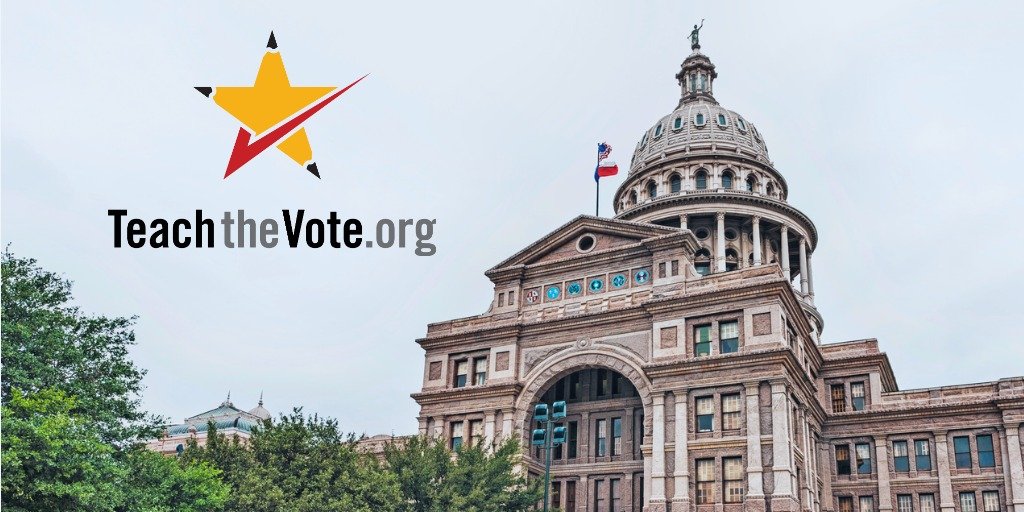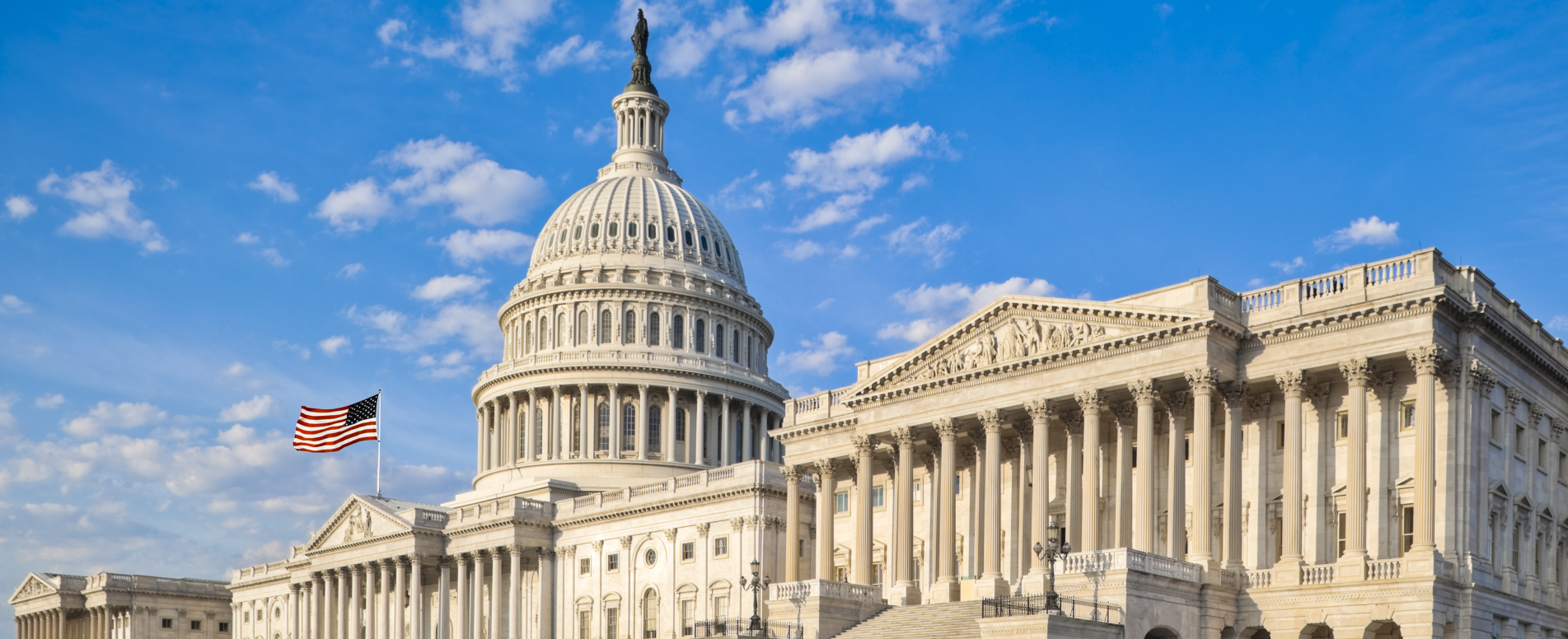How the government shutdown impacts public education in Texas

Date Posted: 10/09/2025 | Author: Heather Sheffield
For the first time in almost seven years and amid heightened tensions over the Trump administration’s efforts to reshape federal spending priorities through executive action, Congress failed to approve a federal budget before the new fiscal year began. The result has been a government shutdown with wide-ranging effects across the country, including in public education. The shutdown has forced hundreds of thousands of federal employees to stop working, including many at the U.S. Department of Education (DOE). As a result, nonessential operations within the agency have been suspended, and schools are beginning to feel the ripple effects.
Many of the department’s functions, such as reviewing state plans, processing grant applications, issuing new funding awards, and monitoring compliance, have either slowed significantly or come to a complete halt. This means school districts that rely on federal programs such as ESSA, IDEA, or Title I funding could experience delays in reimbursement or approval processes. Technical assistance, program oversight, and civil rights enforcement are also likely to be disrupted, leaving educators and administrators without timely guidance from federal officials.
The immediate impacts will vary by district, but the longer the shutdown continues, the more serious the consequences become. Schools depending on federal cashflow to support special education, low-income students, or nutrition programs could soon face budget strain if payments are delayed. Furloughed federal staff will also create a backlog of pending reviews and grant decisions that could take months to resolve after the government reopens.
Educators and school leaders should closely monitor several areas: how long the shutdown lasts, when federal funding cycles resume, and whether compliance deadlines are extended. Delays in civil rights investigations, IDEA reimbursements, and federal oversight activities could affect district operations well into the school year. Though the shutdown could certainly create hardships for public schools, it is worth noting that these likely pale in comparison to the impact of DOE budget cuts proposed by the White House and current congressional majority or the executive orders aimed at the department.
Note: ATPE has provided an update on the government shutdown's impact on public education as of Oct. 17, 2025. Read more here. Education Week is also tracking the effects of this year’s government shutdown on K-12 schools.
CONVERSATION
RECOMMENDED FOR YOU

11/24/2025
November 2025 SBOE Recap: Implications for 2026-27 and beyond
The packed agenda covered instructional materials, TEKS updates, graduation rules, parental rights training, and the new HB 1605 literary works list.

11/21/2025
Teach the Vote’s Week in Review: Nov. 21, 2025
Federal education oversight remains in turmoil as the Trump Administration pushes forward with plans to dismantle the Department of Education. Plus: Check out more of the latest education news on atpenews.org.

11/21/2025
After the shutdown ends, federal education oversight remains in turmoil
Although the government has reopened, the federal infrastructure that supports public education remains fragile, and the Trump Administration is pushing forward with plans to dismantle the Department of Education.
